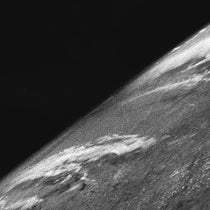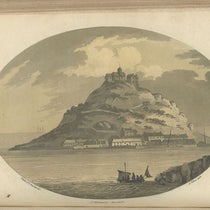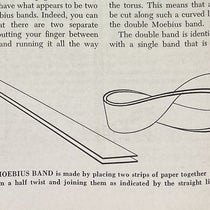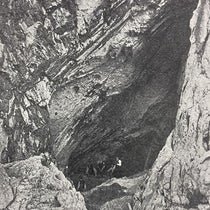Scientist of the Day - Friedrich Miescher
Friedrich Miescher, a Swiss physician and biochemist, died Aug. 26, 1895, at the age of 51. Miescher was born in Basel, the son of an academic physician. He received an M.D. from Basel University, but due to partial deafness, the result of an attack of typhoid fever, he decided not to practice medicine, but engage instead in biomedical research.
Miescher entered the laboratory of Felix Hoppe-Seyler at the University of Tübingen, who is often considered the founder of biochemistry, and sometimes molecular biology as well. His lab was in the old medieval castle, the Schloss Hohentübingen, which had been ceded to the University in the early 19th century and held all the science labs and the library as well (second image).
Miescher was interested in the chemistry of cells, especially cell nuclei, which is what the new science of biochemistry was all about. His particular subject of research was the chemical makeup of neutrophils, those white blood cells that we now know are the body’s first line of defense against antigens. Neutrophils are the major constituent of pus, which the local hospital had in ready supply, in the form of used bandages, which must have been a joy to work with. Miescher devised various ways of chemically separating the constituents of his neutrophils – there were no centrifuges in those days – and he found a material with a strange makeup, that was neither protein nor lipid, was acidic, and, unusually, contained phosphorus, in a very specific ratio. Since it appeared to be nuclear material, he called it nuclein. We now call it DNA. Miescher discovered it in 1869.
Many famous scientists are associated with DNA, including Oswald Avery, James Watson, Francis Crick, and Rosalind Franklin, but Miescher is almost always forgotten, for no good reason that anyone can think of, since there is no dispute about what he did. The only thing Miescher did not realize is that DNA is the essential player in the transmission of hereditary traits. That awareness would not come for another 75 years.
There is an interesting parallel between Miescher's work and that of Gregor Mendel, who made his discoveries at about the same time (1865), and whose work was also not appreciated until the 20th century. Miescher began to be noticed only when Albrecht Kossel, another student of Hoppe-Seyler, received the Nobel Prize in 1910 for his discovery that nuclein is made up of 5 organic compounds: adenine, cytosine, guanine, thymine, and uracil.
We show here the earliest portrait of Miescher that I could find, a photograph in the archives of Basel University, as a reminder that Miescher discovered DNA when he was only 25 years old (first image). His early death at age 51 was caused by tuberculosis.
There are three plaques on the wall of the Tübingen castle (fourth image); the lowermost commemorates the discoverer of nuclein, Friedrich Miescher. I understand that the kitchen within the castle, which became the laboratory where Miescher did his work, is now a museum.
William B. Ashworth, Jr., Consultant for the History of Science, Linda Hall Library and Associate Professor emeritus, Department of History, University of Missouri-Kansas City. Comments or corrections are welcome; please direct to ashworthw@umkc.edu.










